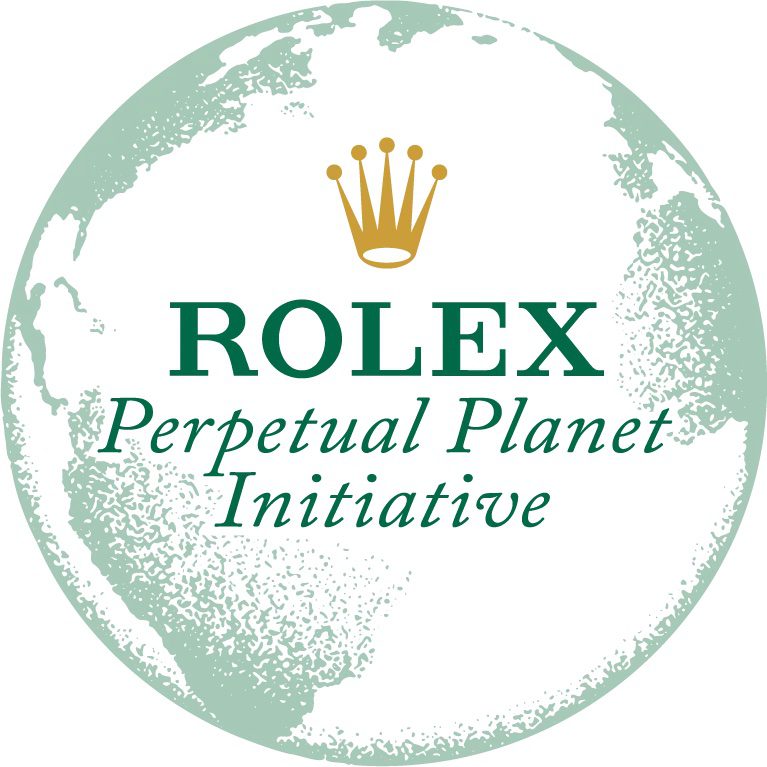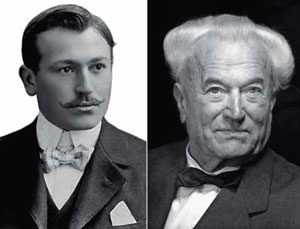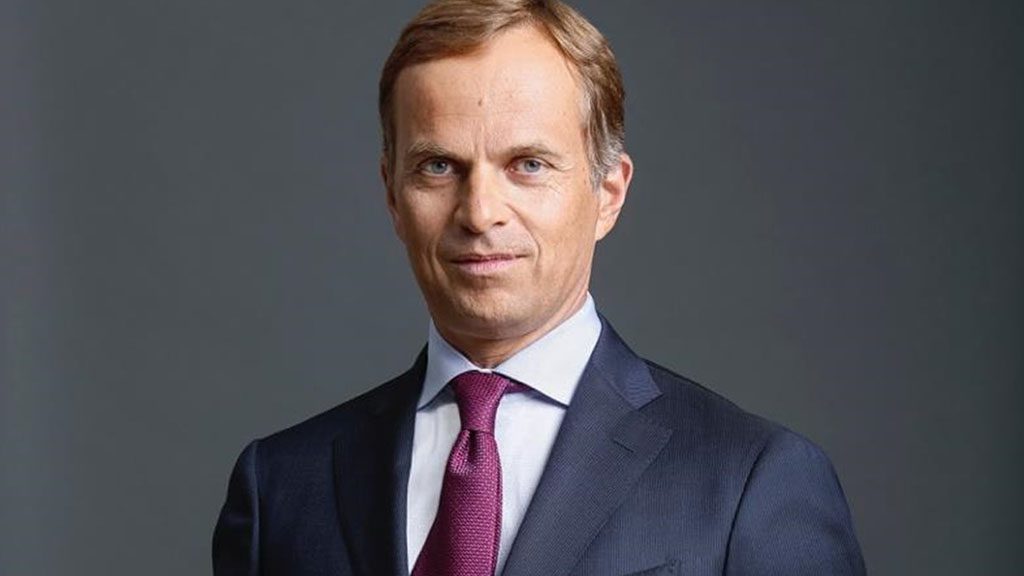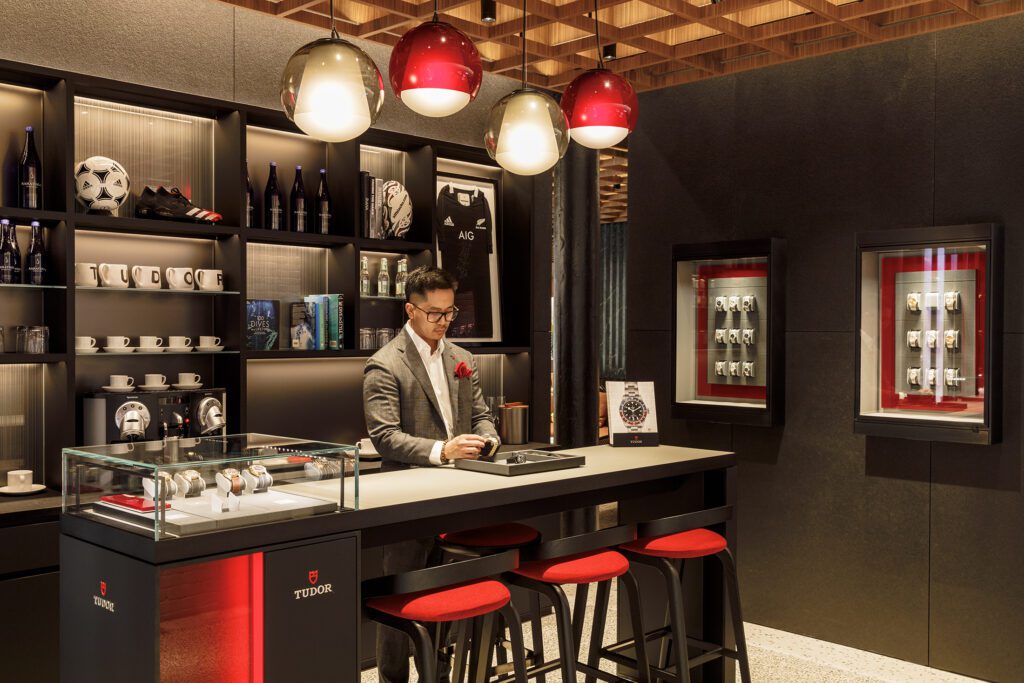The custodian of Rolex, a brand synonymous with luxury watches, is the Hans Wilsdorf Foundation. This article offers an incisive look at who owns Rolex and how this ownership channels Rolex’s proceeds towards charitable acts, while also curating the brand’s prestigious standing.
Key Takeaways
The Hans Wilsdorf Foundation, the charity-oriented owner of Rolex, shapes the brand’s priorities towards long-term quality, innovation, and philanthropy over short-term profits.
Rolex SA, standing as a global leader in luxury watches with numerous industry innovations and a strict focus on exquisite craftsmanship, reported a $13 billion revenue in 2021.
Rolex remains dedicated to its origins and commitment to global betterment, as evidenced by the Rolex Awards for Enterprise and the Perpetual Planet Initiative, which support societal advancement and environmental conservation.
The Guardians of Time: The Hans Wilsdorf Foundation
The Hans Wilsdorf Foundation, established by Hans Wilsdorf, the visionary who founded Rolex, is the sole owner of this iconic brand. The foundation not only ensures that Rolex’s profits are used for charitable purposes, but also safeguards the brand’s core values.
The foundation has a significant impact on the business philosophy of Rolex, which allows the brand to operate under a unique business model, prioritizing quality, innovation, and philanthropy over short-term gains.
Related Article: Who Owns Ally Bank? Exploring The History And Milestones Of Ally Financial
The Foundation’s Mission and Contributions

The Hans Wilsdorf Foundation goes beyond the craft of creating exceptional timepieces. It carries a mission to promote and support scientific research, education, and culture, particularly focusing on the fields of medicine, technology, and the arts. This mission is brought to life through the foundation’s primary initiatives, the Rolex Perpetual Arts Initiative and the Rolex Perpetual Planet Initiative. These initiatives not only contribute to the innovation and excellence of Rolex wristwatches but also reflect the brand’s commitment to being a force for good in the world.
The Rolex Perpetual Planet Initiative has shifted its emphasis from sheer exploration to protecting the planet, inspiring the design and functionality of Rolex watches like the Rolex Submariner. The initiative encompasses projects like the “Mission Blue” initiative, dedicated to preserving endangered marine life in protected “Hope Spots,” and a collaboration with the National Geographic Society to examine the effects of climate change on natural resources.
On the other hand, the Rolex Perpetual Arts Initiative fosters artistic and cultural excellence, mirrored in the design and craftsmanship of Rolex watches, like the watch dial of the Rolex Daytona.
The Impact on Rolex’s Business Philosophy
The Hans Wilsdorf Foundation’s influence on Rolex’s business philosophy is noticeable. As the controlling interest holder, the foundation allows Rolex to prioritize longevity and independence in the world of luxury watches, rather than being driven by quick profits. Rolex places a strong emphasis on the recruitment of highly qualified individuals and promotes a knowledge-sharing environment, guaranteeing the highest quality in its products. This approach not only caters to the expectations of watch enthusiasts worldwide but also firmly roots the brand in its founding values.
Philanthropy is a fundamental aspect of Rolex’s business model, highlighted through initiatives such as the Rolex Awards for Enterprise. These initiatives aim to provide support to individuals with outstanding projects that positively impact the world, aligning with the company’s dedication to innovation and societal improvement. The mission of the foundation has motivated Rolex to view the world as a platform for testing their watches and to aim for constructive contributions to society, consequently influencing the brand’s innovative strategies in watchmaking.
The Genesis of an Iconic Brand: Wilsdorf and Davis

In 1905, Hans Wilsdorf and Alfred Davis founded Rolex, originally known as Wilsdorf and Davis. The name ‘Rolex,’ officially registered in 1908, was coined by Hans Wilsdorf with a vision to have a brief, unique name that was easily memorable, pronounceable in any language, and that sounded pleasing on watch movements and dials. This name underscores the brand’s commitment to excellence in the craft of creating Rolex timepieces.
Their business model focused on:
Importation of Hermann Aegler’s Swiss movements to England
Assembling the movements inside high-quality watch cases
Distributing the watches to jewelers, who personalized them by adding their names to the dials
Their primary objective was to produce consistently accurate watches at accessible price points. However, the wartime taxes imposed in England on luxury goods forced Wilsdorf to relocate the company to Geneva, allowing him to operate more efficiently and economically, in proximity to his suppliers, and under the more favorable Swiss law.
Related Article: Who Owns Netflix? Uncovering The Top Shareholders In 2023
Swiss Precision and Global Prestige: Rolex SA Today
Rolex SA, also known as the Rolex Watch Company, with its headquarters in Geneva, Switzerland, has staked its claim as a global leader in luxury watches. The brand’s reputation for innovative designs, exceptional quality, and prestige mirrors its unwavering commitment to luxury and superb craftsmanship. With a reported revenue of $13 billion in 2021, the brand’s robust economic performance underlines its formidable presence in the luxury watch market, attracting a clientele that often owns Rolex timepieces.
Rolex’s commitment to innovation is reflected in its groundbreaking contributions to watch design. The brand introduced waterproof cases, the glidelock clasp system, and has accumulated over 500 patents, demonstrating their dedication to innovation and exceptional quality.
Rolex’s Watchmaking Legacy

Rolex’s watchmaking legacy is marked by numerous groundbreaking innovations that have revolutionized the watch industry. The brand unveiled its inaugural Rolex watch, the ‘Oyster,’ in 1910, and introduced its first waterproof watch, famously demonstrated by Mercedes Gleitze during her swim across the English Channel.
Rolex also introduced its first automatic movement, the ‘Perpetual,’ in 1914, which was integrated with the waterproof case to create the Oyster Perpetual, a timepiece that reflected the amalgamation of the Oyster’s waterproof capability and the convenience of the self-winding Perpetual mechanism.
Craftsmanship and Exclusivity
Rolex produces approximately 800,000 watches annually, maintaining a sense of exclusivity and high demand through limited distribution and exceptional craftsmanship. Many people often wonder, “how many watches does it take to create such a prestigious brand?” The crafting process is unique and exclusive, as Rolex creates, manufactures, assembles, and tests all its watches exclusively in Switzerland, taking approximately one full year for each timepiece. This meticulous process, blending artistry, technology, and tradition, contributes to the uniqueness and exclusivity of Rolex watches.
Rolex uses stainless steel 904L for its steel watch cases. This material is commonly found in high technology, aerospace, and chemical industries because of its exceptional resistance to corrosion. This choice of material further demonstrates Rolex’s commitment to quality and durability. The watchmakers at Rolex receive training at the Rolex Training Centre and the Rolex World Service workshops, ensuring that they possess the skills necessary for creating these exquisite timepieces.
Celebrated Collections
Rolex’s celebrated collections, such as the Oyster Perpetual and the Oyster Collection in general, have profoundly impacted the luxury watch industry. On the one hand, Rolex’s professional watch models, like the Submariner and GMT-Master, are tailored for specific activities and professions, such as diving and aviation. On the other hand, the Cellini collection embodies Rolex’s range of dress watches, offering a versatile selection of timepieces for every occasion.
The Oyster Perpetual Submariner, a waterproof watch specifically designed for divers, has played a significant role in solidifying Rolex’s standing as a prominent brand in the realm of sports and adventure. These watches, tailored to the needs of professionals, encapsulate Rolex’s commitment to precision and durability, while its dress watches reflect the brand’s timeless elegance and style.
The Rolex Succession: Leadership and Vision
Under the guidance of CEO Jean-Frederic Dufour, Rolex’s success, global reach, and fidelity to its founding principles continue to flourish. Dufour’s significant impact on the brand’s pursuit of excellence and innovation has led to the transformation of its product offerings and a resurgence in its success.
Steering the Ship: Jean-Frédéric Dufour at the Helm

Prior to leading Rolex, Jean-Frédéric Dufour served as the head of LVMH Moet Hennessy Louis Vuitton SA’s Zenith watch brand, achieving significant success during his tenure. Under Dufour’s leadership, Rolex has benefitted from a favorable economic climate, which has contributed to the brand’s growth.
Dufour’s management style at Rolex is characterized by a careful balance between preserving the brand’s traditional values and embracing modernity. This balance has been crucial in ensuring Rolex’s sustained success and significance in the luxury watch industry. Under Dufour’s leadership, Rolex has consistently focused on:
its collections
the brand message
providing clear direction
a dedication to maintaining the high standards of quality and craftsmanship that Rolex is known for.
Ensuring Continuity and Innovation
While preserving the brand’s core values, Rolex’s leadership also integrates new technologies and trends to maintain its industry leadership. The brand’s unwavering dedication to precision is reflected in its perpetual spirit, showcasing exceptional performance in precision and power.
Rolex’s emphasis on philanthropy is exemplified through its Perpetual Planet Initiative, which offers assistance for various habitats and ecosystems and organizes significant expeditions in collaboration with the National Geographic Society to study and safeguard biodiversity. Additionally, Rolex provides support for individuals dedicated to protecting and conserving the planet for future generations.
The perpetual spirit of Rolex, rooted in a fundamental belief in limitless human potential, ongoing advancement, and consistently pushing boundaries, enhances Rolex’s reputation as a timeless symbol of luxury timepieces and excellence.
The Sibling Brand: Montres Tudor SA

Montres Tudor SA, a distinct brand under the ownership of Rolex, offers more affordable alternatives to Rolex watches while maintaining high-quality standards and a distinct identity. The distinctions between Rolex and Tudor timepieces are evident in:
Case sizes and profiles
Bezel finishes
Materials used
Movements
Overall aesthetic
Tudor explores materials such as bronze and titanium and frequently incorporates third-party movements, whereas Rolex primarily employs premium materials and in-house movements.
Tudor watches are generally priced more affordably than Rolex watches, with the starting price for Tudor being approximately $2,300. Rolex watches typically command at least double the price of their Tudor counterparts, reflecting the different market positions of the two brands.
The Rolex Philosophy and Its Global Influence
Rolex’s philosophy transcends watchmaking, as it influences global culture and backs initiatives propelling progress and innovation. Anchored in the continuous pursuit of excellence, the brand’s philosophy emphasizes exploring and sharing human knowledge to foster societal advancement.
This long-term vision plays a significant role in solidifying the brand’s image on a global scale, positioning Rolex as more than just a watchmaker, but as a timeless symbol of excellence and enduring luxury.
Beyond Timekeeping: The Rolex Awards for Enterprise
The annual Rolex Awards for Enterprise honors individuals, deemed ‘guardians of the future’, across various fields such as:
science
health
the environment
applied technology
exploration
cultural heritage
The awards align with Rolex’s philosophy, acknowledging and assisting individuals who exhibit outstanding vision and dedication to effecting positive change in the world.
Receiving a Rolex award involves a comprehensive process, including peer review, interviews, and assessments. Only a select group of individuals, such as renowned recipients Lonnie Dupre, Claudia Feh, and David Lordkipanidze, are chosen for this prestigious award. Honorees of the Rolex Awards for Enterprise are gifted a Rolex chronometer, benefit from an international publicity campaign, and receive funding to effectively implement their projects.
Summary
From its humble beginnings under Hans Wilsdorf and Alfred Davis to its current status as a global leader in luxury watches, Rolex has consistently demonstrated a commitment to excellence, innovation, and philanthropy. The brand’s dedication to precision, its timeless designs, and its contribution to global culture and societal betterment testify to its enduring legacy and mark Rolex as an iconic symbol of luxury and excellence.
Frequently Asked Questions
Who is the real owner of Rolex?
The real owner of Rolex is the Hans Wilsdorf Foundation, which has been managing the company since 1960. The foundation is a private family trust that safeguards Rolex’s legacy.
Who are the main shareholders of Rolex?
The only shareholder of Rolex is the Hans Wilsdorf Foundation, a private family trust, which has owned the company since 1960. This ownership structure has remained unchanged, with no public shareholders.
Who is the CEO of Rolex company?
The CEO of Rolex company is Jean-Frederic Dufour, leading the company’s executive team with an “A” rating.
Where are Rolex watches made?
Rolex watches are exclusively made in Switzerland, where the brand’s knowledge and commitment from over 9,000 employees ensure the highest quality.
What is the primary objective of the Hans Wilsdorf Foundation?
The primary objective of the Hans Wilsdorf Foundation is to promote and support scientific research, education, and culture. This helps to advance these important areas of society.




